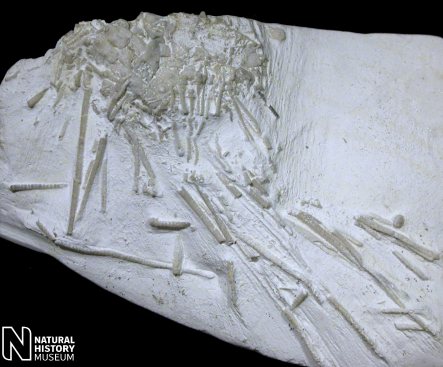 A
A |
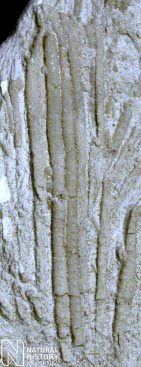 B B |
 C C |
|
Centrostephanus fragilis (Wiltshire, in Wright, 1882) |
A very scarce Chalk species, whose fragile test is typically crushed or disarticulated. Easily recognised by the distinctive 'verticillate' primary spines (e.g. see figures 1A & B).
 A
A |
 B B |
 C C |
1). (A) A very well preserved specimen with articulated spines (x2.1, Kent?, Chalk, BMNH (British Museum (Natural History) London) E2237); (B, C) Associations of primary spines displaying the distinctive 'verticillate' ornament ((B) x4.0, White Chalk, Bromley, Kent, BMNH 57535; (C) x6.0, BMNH 57525). Images © 2008 The Natural History Museum, by kind permission.
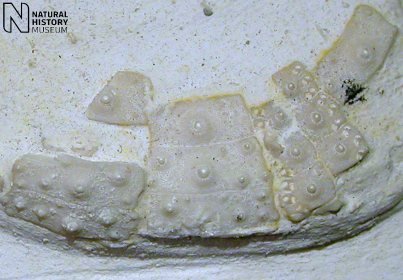
2). Detail of the ambital area of the adapical surface of the test (x6.0, Bromley, Kent, BMNH (British Museum (Natural History) London) 57588. Image © 2008 The Natural History Museum, by kind permission.
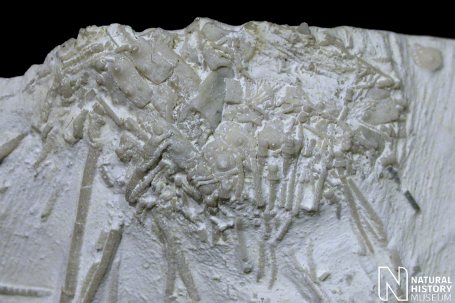 A
A |
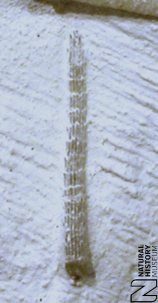 B B |
3). (A) Detail of the test in figure 1A, x4.0; (B) Detail of a spine in figure 1A, x10.0. Images © 2008 The Natural History Museum, by kind permission.
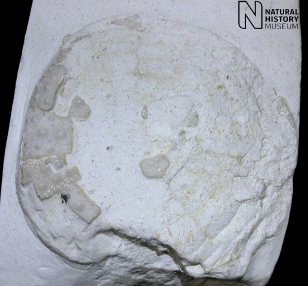 A A |
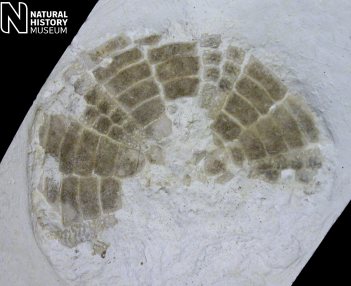 B B |
4). (A, B) Part and counterpart of the adapical surface of a naked test retaining the apical plating (x2.1, Bromley, Kent, White Chalk, BMNH (British Museum (Natural History) London) 57588. Images © 2008 The Natural History Museum, by kind permission.
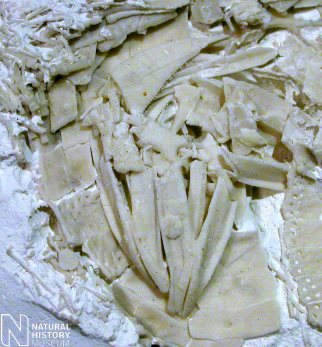 A
A |
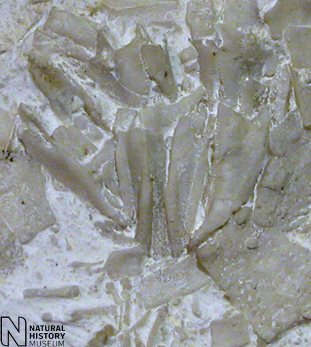 B B |
5). Details of specimens with semi-articulated lanterns; (A) x4.0, Bromley, Kent, BMNH (British Museum (Natural History) London) 57535; (B) x7.0, Southeast England, BMNH E12563. Images © 2008 The Natural History Museum, by kind permission.
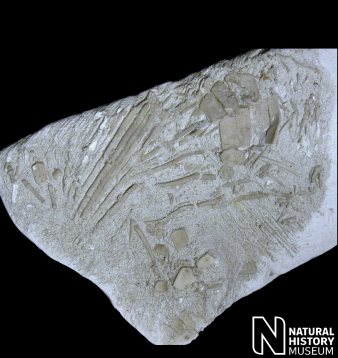 A
A |
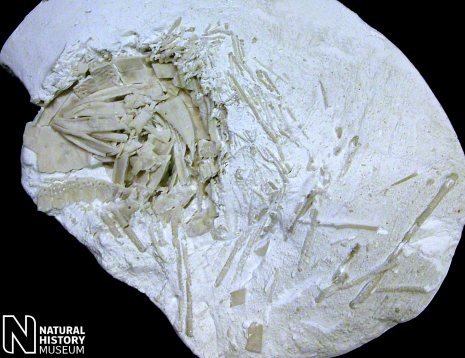 B B |
6). (A, B) Part and counterpart of a very well preserved specimen, with a large compliment of semi-articulated spines and test broken open to expose the lantern (x2.0, White Chalk, Bromley, Kent, BMNH 57535). Images © 2008 The Natural History Museum, by kind permission.
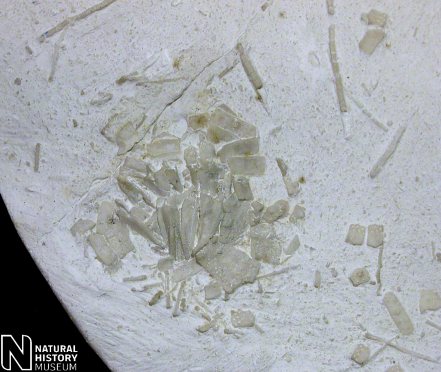
7). A largely disarticulated test broken open to expose a partially articulated lantern (x3.0, Southeast England, BMNH (British Museum (Natural History) London) E12563. Image © 2008 The Natural History Museum, by kind permission.
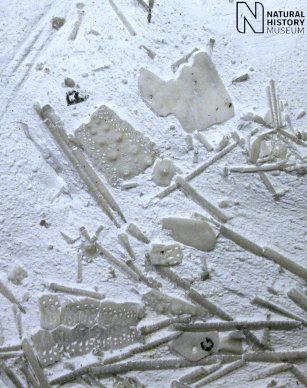 A
A |
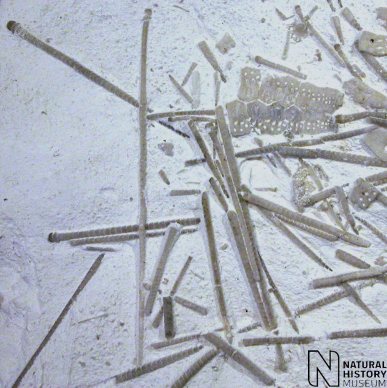 B B |
8). Details of a disarticulated individual retaining a large compliment of primary spines ((A, B) x3.0, BMNH (British Museum (Natural History) London) 57525). Images © 2008 The Natural History Museum, by kind permission.
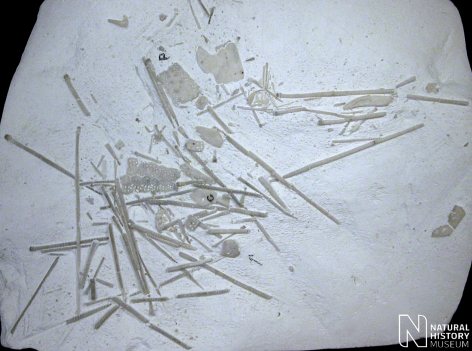
9). Disarticulated individual retaining a large compliment of primary spines (x1.5, BMNH (British Museum (Natural History) London) 57525). Images © 2008 The Natural History Museum, by kind permission.